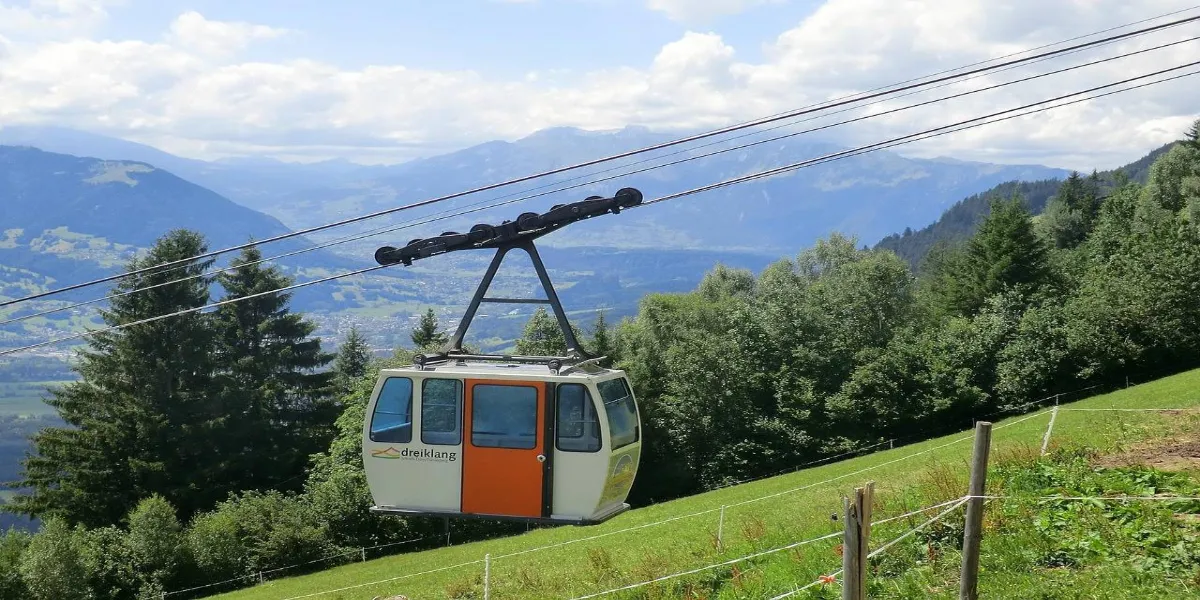The ropeway will be developed under a public-private partnership (PPP) model with a revenue-sharing structure, designed to ensure both financial viability and operational efficiency.
Revised Design and Route
The updated alignment situates the main station between Lal Sadak and Kali Sadak, close to the Parade Ground, adjacent to the Maha Kumbh Parade Police Station and Prayagraj Mela Authority headquarters. This marks a shift from the earlier location near Shankar Viman Mandapam, improving accessibility for pilgrims and local commuters. The second station will be built near Triveni Pushp in Arail, extending coverage across the wider Sangam area.
The 2.2-kilometre-long ropeway will feature three support pillars and fourteen trolleys, each capable of carrying eight passengers, allowing 112 visitors to travel simultaneously while enjoying aerial views of the Sangam — the confluence of the Ganga, Yamuna, and mythical Saraswati rivers.
Project Cost and Implementation
Valued at Rs 2.1 billion, the project has been awarded to a Rajasthan-based firm after detailed surveys and design assessments. A physical model of the ropeway was recently displayed at the Prayagraj Mela Authority headquarters, providing officials with a visual representation of the infrastructure layout.
Background and Significance
Initially proposed seven years ago, the Sangam Ropeway was conceived to ease congestion and improve pilgrim mobility during major religious gatherings such as the Kumbh Mela and Maha Kumbh. Despite multiple revisions — including attempts before Kumbh 2019 and Maha Kumbh 2025 — the project faced repeated administrative and technical delays until approvals were finalised between 2023 and 2024.
Officials said the project will serve as a major tourist attraction, especially during mass gatherings, while providing a safe, sustainable, and scenic mode of transport. The elevated route will also reduce pressure on ground transportation, enhancing both mobility and visitor experience.
Modernising Pilgrimage Infrastructure
The initiative aligns with broader government efforts to modernise pilgrimage cities through sustainable infrastructure and eco-friendly transport systems. By adopting the PPP model, authorities aim to blend professional management, fiscal accountability, and long-term sustainability.
Construction is expected to begin soon following environmental and safety clearances. Once operational, the Sangam Ropeway will not only improve connectivity in Prayagraj but also elevate its tourism appeal, fulfilling a long-standing ambition of city planners and religious institutions alike.


